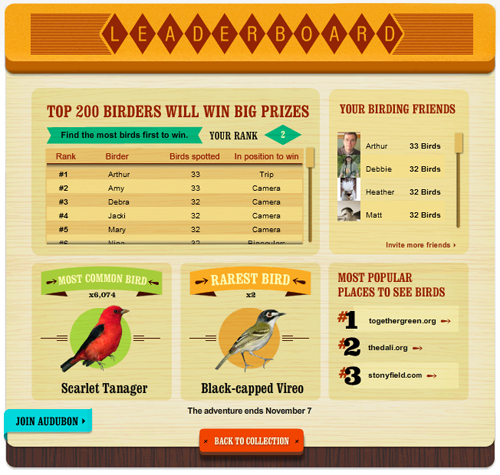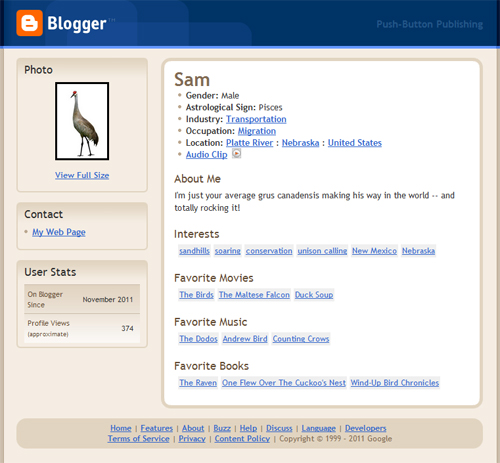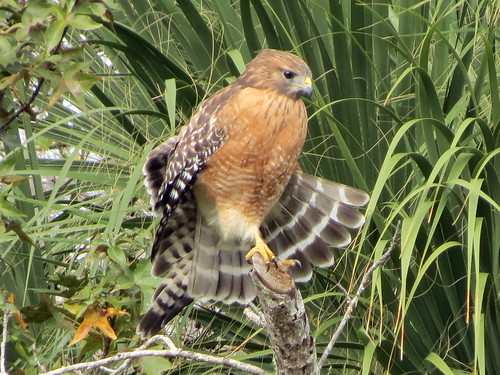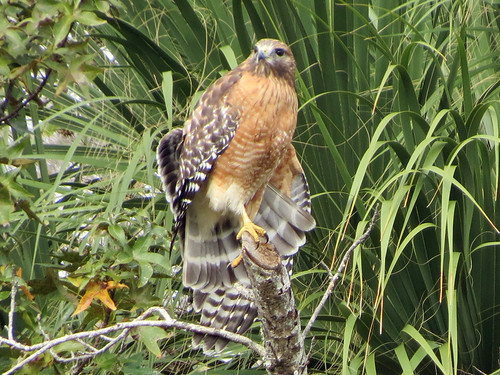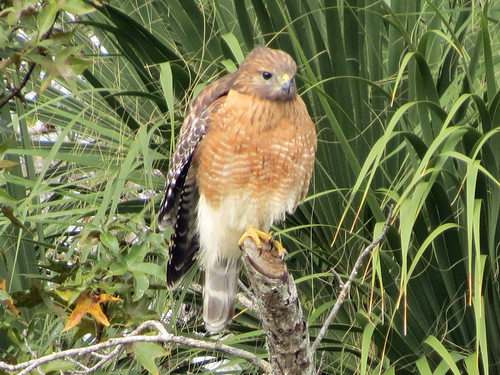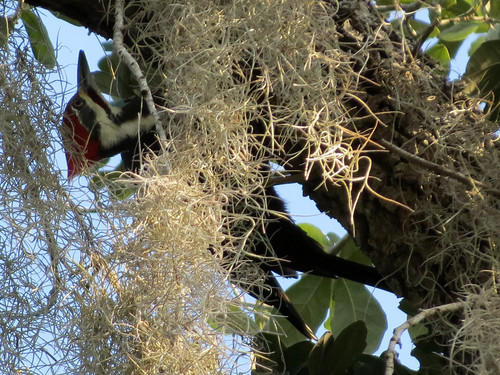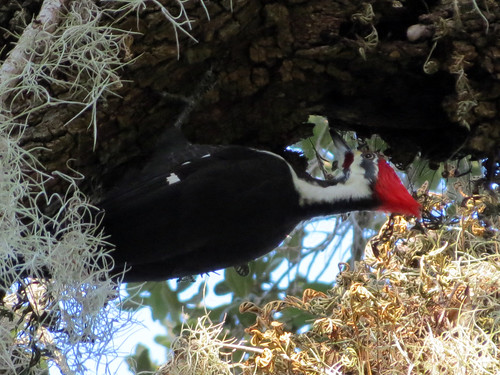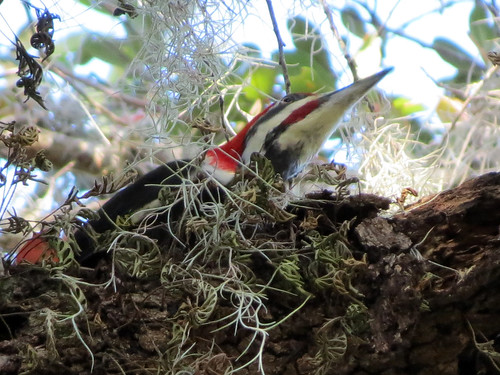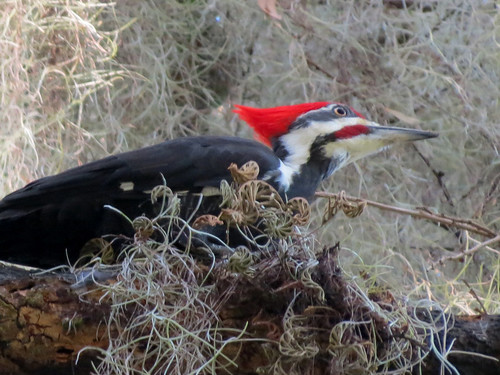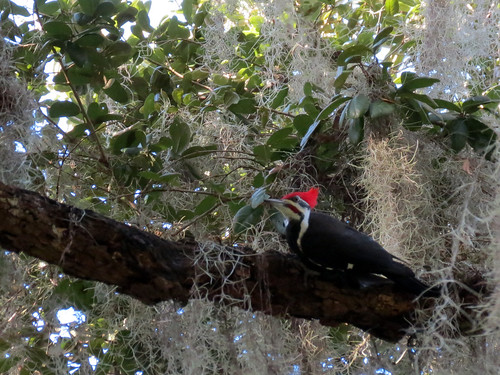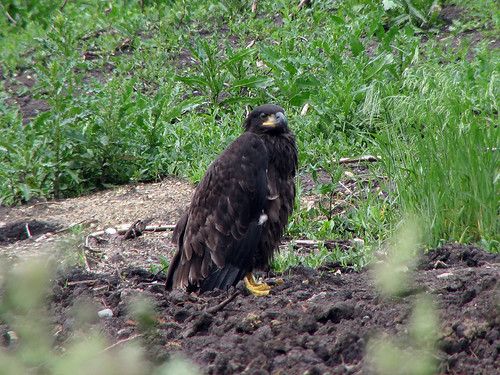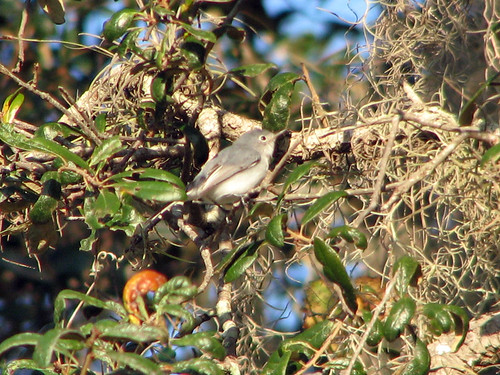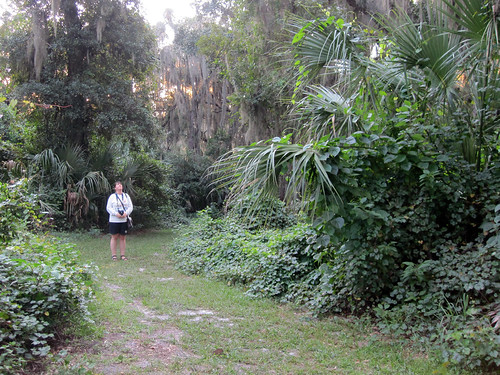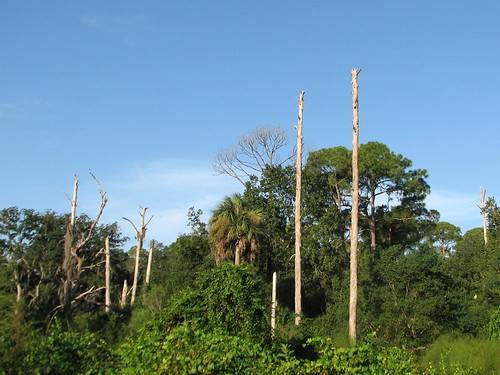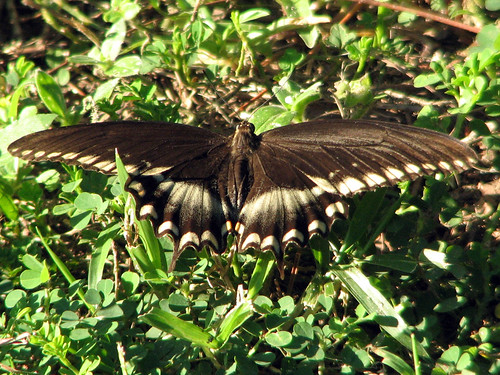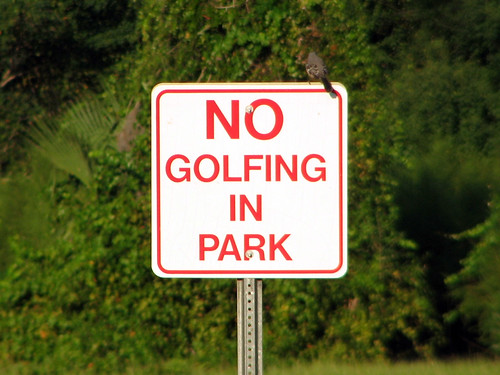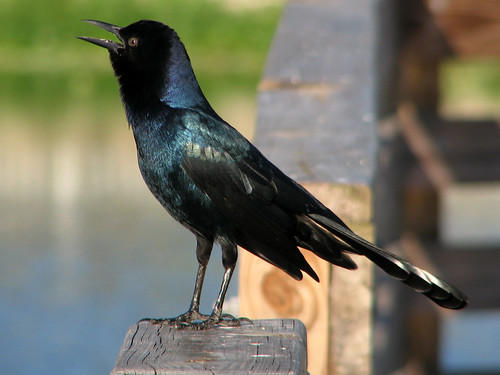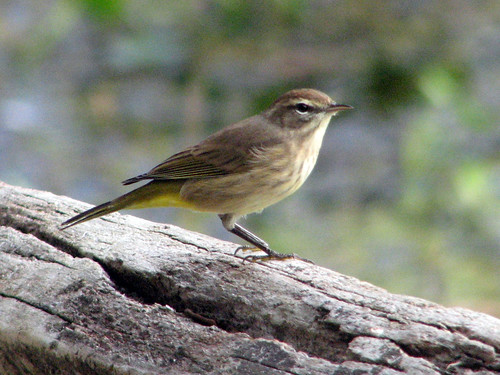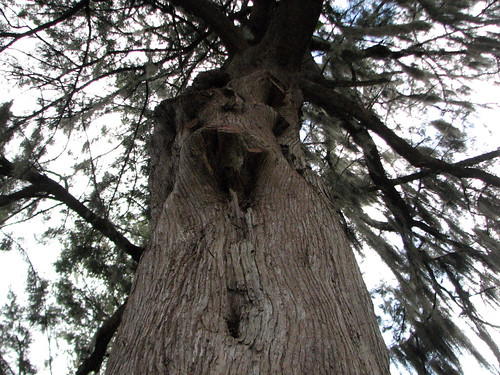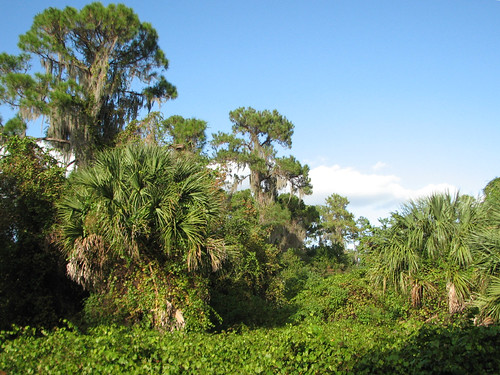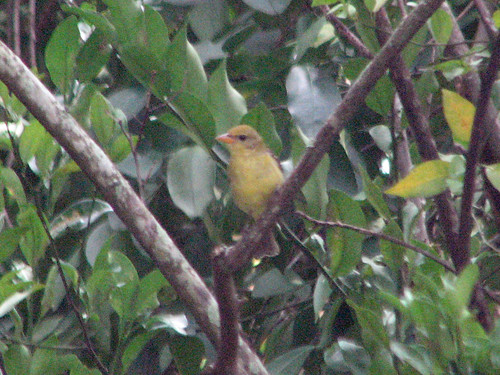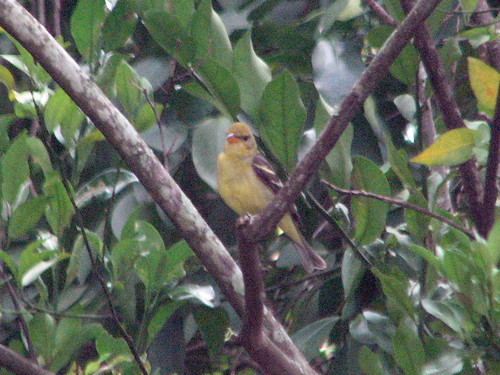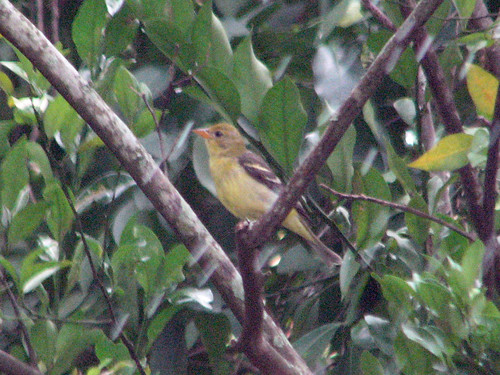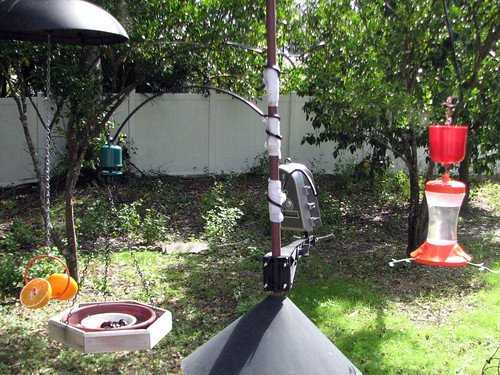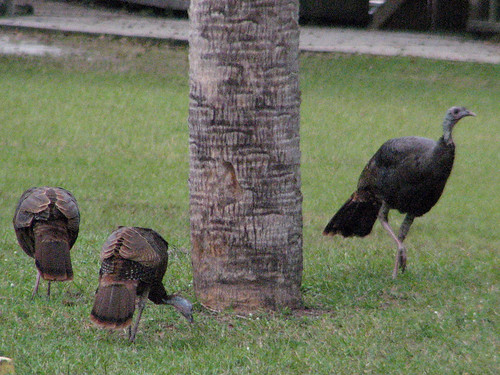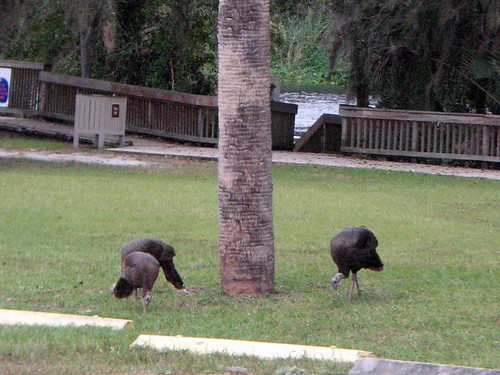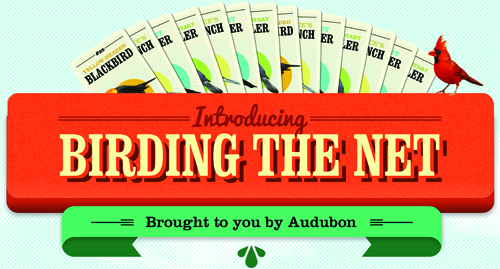
Audubon’s social media campaign-competition Birding the Net began on October 11th. Participants add the app to Facebook and then scour the web for free-flying javascript birdies on various websites, even including this one! Since Arthur and I were entertaining family for the last two weeks, we were pretty much unable to participate. However, with a few Google searches and some mad clicking skills, as of this afternoon we both have 20+ birds. We may or may not have a shot at any of the fabulous prizes, but since I received the following press release just last Friday, it seems Audubon would be more than happy to have more people participating. So, it’s not too late! You’ve got through November 7th to find as many birds as you can. See the full press release below for more info, and check out Audubon.com for more details.
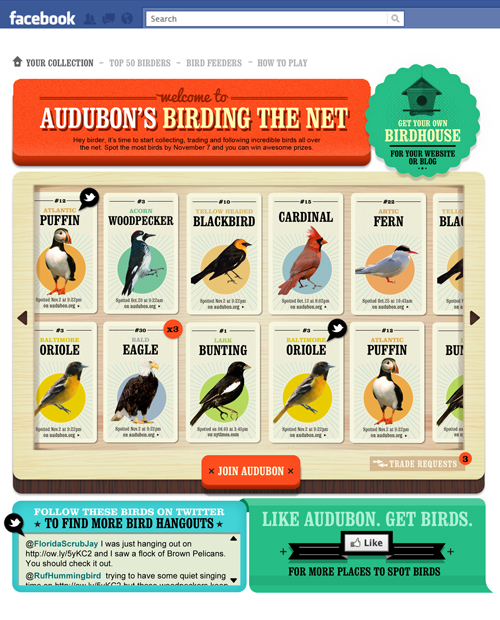
—
FOR IMMEDIATE RELEASE
Audubon releases virtual birds
all over the Internet
‘Birding the Net’ campaign will challenge people to find birds throughout the Internet
The first players to collect all the birds will win prizes, including a voyage to the Galapagos Islands
NEW YORK – Birdwatching hit the Internet in a big way when Audubon launched its groundbreaking social media campaign, Birding the Net, on October 11. Visitors to over 100 websites — including AOL, Slate, Discovery Channel and more will encounter unexpected avian visitors – each inviting them to find more birds to add to their lists. The campaign, created by Goodby, Silverstein & Partners, will bring the excitement of birds and birding to a broad new audience in a new and unexpected way.
“Birds are the best possible ambassadors for the environment, and this will help people see them in a whole new way,” said David Yarnold, President & CEO of Audubon. “This is about fun – but it’s also about getting more people involved in taking action to protect birds and the planet we share with them. And with this unprecedented use of social media and the web, we’re also making it clear that this is not your grandmother’s Audubon.”
In the recently release film The Big Year, characters compete to see the most North American birds in one year. Birding the Net brings to the Internet the thrill of the chase found in real-world birding, challenging players to spot dozens of species that will be released from Oct. 11 through Nov. 7. Web surfers will observe virtual birds doing the same things that birds do outdoors: animations of birds will fly across homepages, perch on mastheads, and flock to birdhouses that anyone can install on personal websites and blogs. Clicking on the animated birds on the many participating websites takes players to an Audubon Facebook page to collect and trade “bird cards” which feature recordings of birdsongs, bird facts, and video. The first players to collect all the birds will win prizes, including a voyage to the Galapagos Islands.
“This campaign amazingly combines bird preservation, education and alluring animation in an addictive experience that spreads across the Internet,” said Jeff Goodby, Co-Founder and Co-Chairman of Goodby, Silverstein & Partners and long-time supporter of Audubon. Says Goodby, “the game turns the cold digital world into a resonant reminder of what we love about the warm and fragrant natural world around us.”
All that is required to play is to visit Audubon on Facebook at www.facebook.com/NationalAudubonSociety. The game will go viral, since trading bird cards helps a player’s chances of winning; the more Facebook friends that compete in Birding the Net, the more opportunities for trading birds. And for exclusive hints on where to find birds on the Internet, Audubon followers on Twitter (@AudubonSociety) can interact and follow campaign “spokesbirds” @FloridaScrubJay and @RufHummingbird.
In addition to the grand prize voyage for two to the Galapagos Islands courtesy of Lindblad Expeditions, prizes include Canon cameras, Nikon binoculars, gift cards to Woolrich and downloads of the Audubon Birds – A Field Guide to North American Birds mobile app from Green Mountain Digital. All 200 winners also receive one-year membership to Audubon.
# # #
About Audubon
Now in its second century, Audubon connects people with birds, nature and the environment that supports us all. Our national network of community-based nature centers, chapters, scientific, education, and advocacy programs engages millions of people from all walks of life in conservation action to protect and restore the natural world. Visit Audubon online at www.audubon.org.
About Goodby, Silverstein & Partners
Goodby, Silverstein & Partners, a unit of the Omnicom Group, is one of the world’s most respected and most awarded advertising agencies. Founded in 1983, the company is based in San Francisco and has over 700 employees serving a broad array of national and international accounts, including Hewlett-Packard, Frito-Lay, Haagen-Dazs, California Milk Processors Board (“got milk?”), Adobe, Sprint, NBA and many others. For more information on GSP, please visit goodbysilverstein.com.
Share the birds, share the love!
